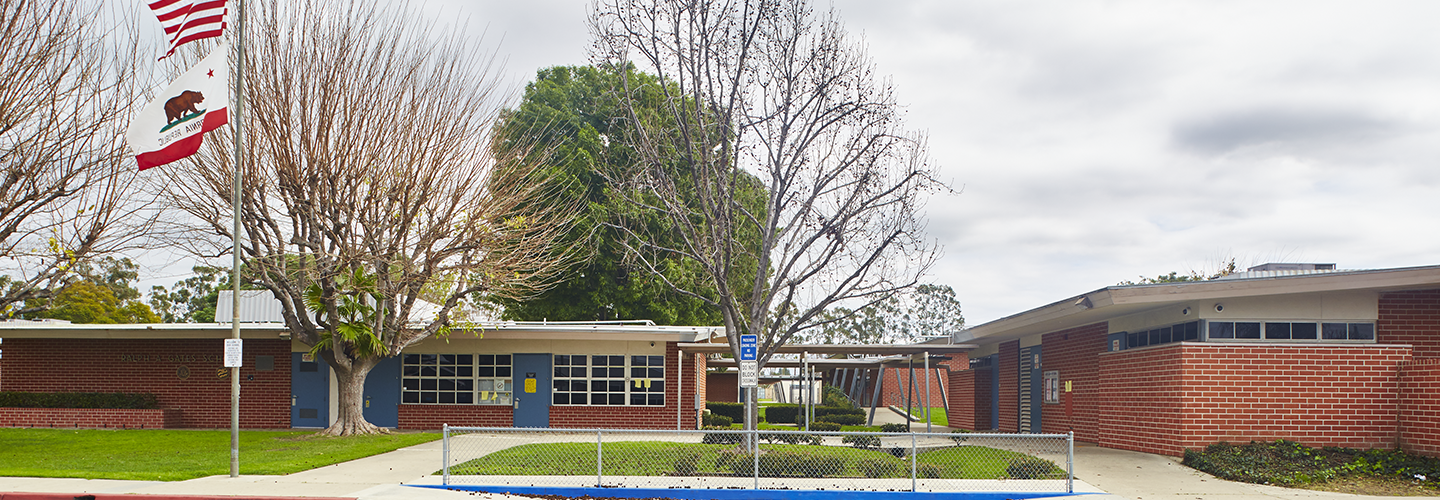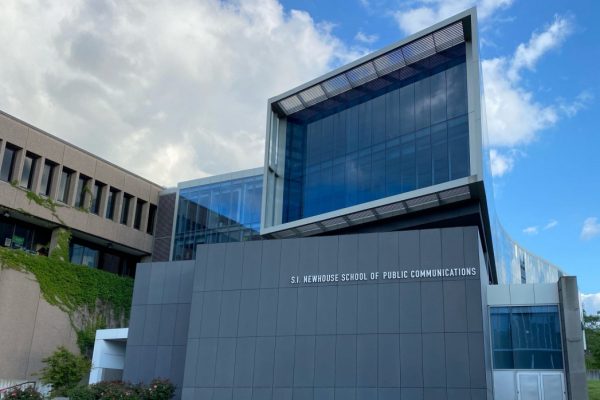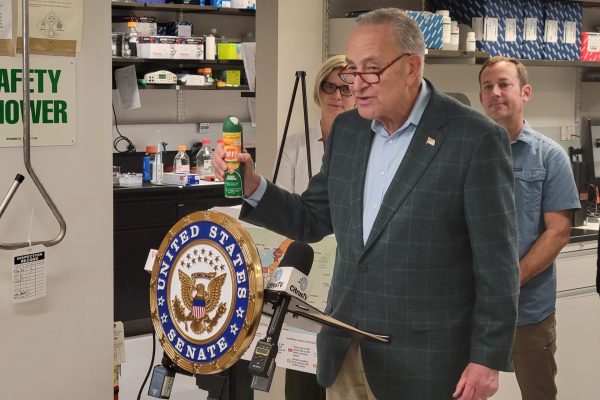
“English is the language of the United States. It might not be the official language, and nobody is forced to speak it, but it is the language in America. That is how it has been for more than two centuries. That fact is changing.
According to the Center of Immigrant Studies, in a 2013 survey, over 60 million Americans speak a language other than English at home. One in five people in this country main form of communication is not through English, and if you want to talk to them, you better know their language.
“Where I work I use my Spanish and my English almost every day.”, says Maritza Figueras. “I communicate with parents who don’t know English and I am able to translate.”
Maritza grew up where I grew up, Southern California, where knowing a second language, in this case, Spanish, is almost a necessity.
We both also are former students in the Saddleback Valley Unified School District Two Way Language Immersion Program. In the program, from kindergarten to senior year of high school, we took classes in Spanish. These classes were not just Spanish language classes, but include learning History, science, and math one hundred percent in Spanish for at least part of our education.
The three schools included in the program are Gates Elementary, Los Alisos Intermediate, and Laguna Hills High School, all located in Orange County, California. My mom, Yvonne Estling, just so happens to be the long-time principal of Gates Elementary. She says the dual immersion can be a major benefit for English as a Second Language students.
“There’s so much research that supports them learning how to read and write in their primary language first.”, Estling says. “And then, as we teach them English, introducing English reading to truly make them bilingual, billiterate”.
I was not one of these students. I spoke English at home before entering the program at the age of five, and although I knew some Spanish from family members and just from the general influence of Spanish in Southern California, I was nowhere near fluent. The dual immersion program change that fact.
By learning Spanish at this program I was able to better speak to Spanish Speaking Family members and parents of friends who only spoke Spanish. Miriyam Bar, a Spanish Professor at Syracuse University, has even more benefits of knowing a second language.
“The brain of someone who is bilingual is different.”, says Bar. “It works very, very, very fast. You can work on two things at once”.
The help is not only for the brain, though.
“People need to know that language opens doors to culture and diversity.”, says Bar on how bilingualism could help culturally. “To know each other. They need to know that your language is not the only one.”
Learning Spanish was a major factor in my life, and I owe much to the dual immersion program, but it was not perfect. We had many problems in class mainly because we knew each other too well, due to us being together for 13 years of schooling. Our noisiness and the fact that we were not the likeliest to comply with our teachers. make no mistake, though, this did take away from how well the program taught us Spanish and got us through school without a problem.
I’m not here to advertise the dual immersion program I went through. I also not here to say every school in the United States should adopt a program like it. I’m here to say that this is the image of American schooling for the future.
There are more and more schools in the United States that are becoming bilingual, In California, my native state, they want to increase the number of bilingual graduates by 2030.
The United States is becoming more bilingual and it’s coming from our schooling. It is a part of America’s future




